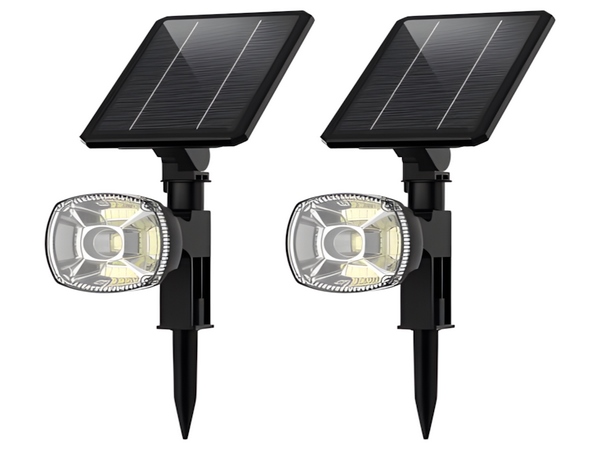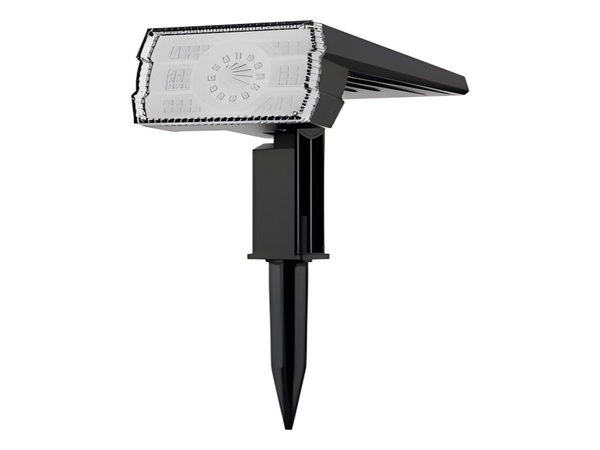
Currently, the power systems used in solar roads have transitioned from colloidal batteries to lithium batteries, which differs from the installation method of traditional solar street lights. Therefore, Century (Riji) Lighting shares how to install street lights:
1. The difference in installation between colloidal and lithium batteries lies in their installation locations. Traditional solar street lights place the battery underground, protected by a waterproof tank. Lithium batteries come in aluminum and plastic shells. The aluminum shell is installed using clamps fixed to the bottom of the solar panel, preventing theft and reducing line loss. The plastic shell platform is welded and placed on the support of the light pole. This design reduces the costs of manual installation and tamper-resistant design, but it has a drawback; if configured smaller, post-installation servicing can be troublesome.

2. When installing lithium battery solar street lights, it’s essential to complete the system test light at the lower end because if the vertical pole is completed with incorrect wiring above, maintenance becomes complicated. The wiring for lithium batteries is quite simple, with two output wires: one connecting to the solar panel and the other to the light source. We only need to turn on the switch on the surface and connect the light source, which will automatically light up in a minute after connecting to the solar panel. If it doesn’t light up, don’t worry; you can directly connect the solar panel to the light source. This way, you can remove one negative terminal from the battery panel, and it should light up in about a minute. The difference arises from the distinction between lithium control and ordinary control, as lithium can be started with a solar panel, whereas ordinary controllers need a battery to start.
Installation Notes:

1. Install the storage and control lithium battery on the solar panel bracket, leaving four screw holes corresponding to the designated position.
2. Mount the solar panel on the solar panel bracket, ensuring four holes match the fixed position screws.
3. Complete the installation support for the solar panel and lithium control battery, securing it at the top of the light pole.
4. The back of the solar panel is designed with a reverse buckle, which can be pried open with a screwdriver. The positive and negative electrode wires can be separated from the black cap of the lithium control battery, and the wires can be wrapped with tape.
Additionally, it should be noted that lithium batteries are not fully charged before leaving the factory to prevent flammable explosions during transport. Consequently, during use, there may be darkness as the controller shifts to half power for protection. Rest assured, the solar configuration for lithium battery solar street lights should be amplified to reduce post-maintenance needs.



